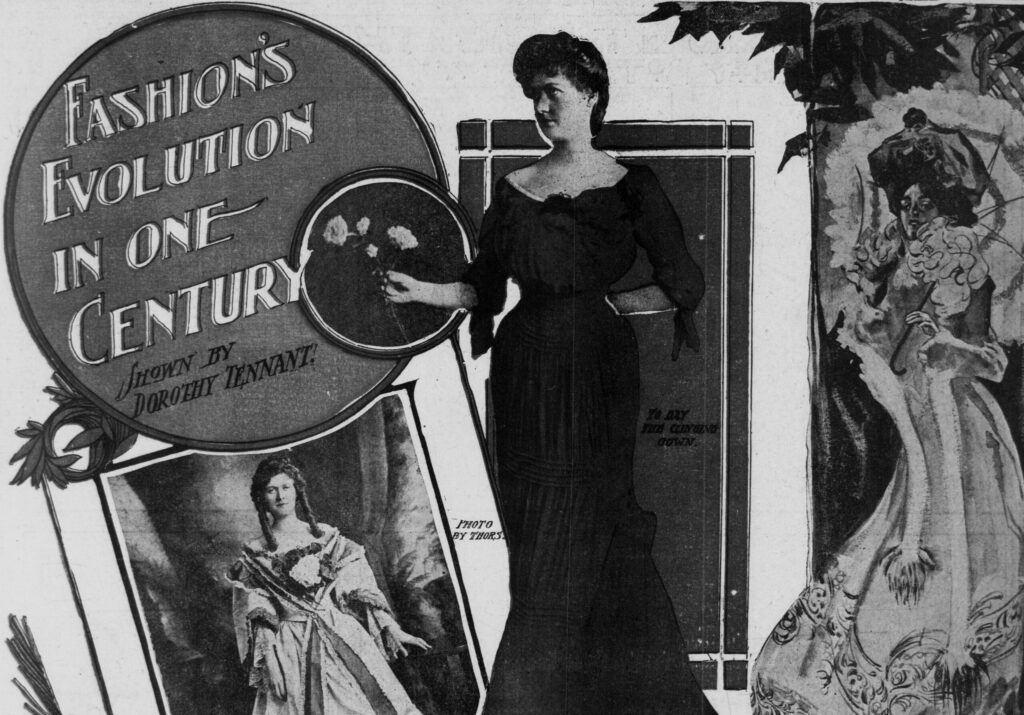In this content, we explore the art of military uniform design, its symbolism, and its evolution throughout history. Military uniforms have always been a reflection of the values and traditions of a nation’s armed forces, with each element carrying symbolic significance. The psychology of uniforms, both for the soldiers who wear them and the civilians who see them, is also discussed. Finally, we look at the future of military uniforms, noting that while practicality and functionality will always be important, the symbolic and cultural significance of military attire will continue to play a crucial role in the identity of the armed forces.
The Art of Dress: A Look into the Military Uniform and its Symbolism
The military uniform has been a symbol of power, authority, and identity for centuries. From the brightly colored uniforms of the Napoleonic Wars to the camouflage patterns of modern warfare, military attire has always been a reflection of the values and traditions of a nation’s armed forces.
The Evolution of Military Uniforms
Throughout history, military uniforms have evolved in response to changes in warfare, technology, and social norms. In ancient times, soldiers wore simple tunics and leather armor, while in more recent centuries, elaborate uniforms adorned with medals, epaulets, and braid became the norm.
Today, military uniforms have become more practical and functional, with an emphasis on camouflage and modern materials. However, the symbolism and tradition of military dress still play a crucial role in the identity of the armed forces.
The Symbolism of Military Uniforms
One of the most important aspects of military uniforms is their symbolic significance. Each element of a uniform, from the color and design to the insignia and medals, carries meaning and history that reflects the values and traditions of the armed forces.
For example, the color red, often used in military uniforms, symbolizes courage and valor, while the eagle, a common emblem in many military uniforms, represents strength and freedom. Additionally, the placement of medals and ribbons on a uniform can tell a story of a soldier’s service and accomplishments.
The Psychology of Uniforms
Military uniforms also serve a psychological purpose, both for the soldiers who wear them and the civilians who see them. For soldiers, wearing a uniform can instill a sense of pride and belonging, while also providing a sense of identity and purpose. For civilians, seeing a uniform can evoke feelings of safety and security, as well as respect for the sacrifices made by those who serve in the armed forces.
The Art of Uniform Design
Over the years, military uniforms have been carefully designed to reflect the values and traditions of a nation’s armed forces. From the elaborate uniforms of 18th-century Europe to the modern, utilitarian designs of today, each uniform tells a story of the culture and history of its wearer.
Uniform designers must balance practicality with symbolism, creating attire that is both functional for combat and reflective of the values and traditions of the armed forces. The result is a rich tapestry of colors, symbols, and designs that speak to the noble and honored history of military service.
The Future of Military Uniforms
As warfare and technology continue to evolve, so too will the design and symbolism of military uniforms. While practicality and functionality will always be important factors in uniform design, the symbolic and cultural significance of military attire will continue to play a crucial role in the identity of the armed forces.
Ultimately, the art of military dress is a reflection of the values, traditions, and sacrifices of those who serve in the armed forces. It is a testament to the pride, honor, and courage of those who wear the uniform, and a powerful symbol of the noble and essential role of the military in society.
